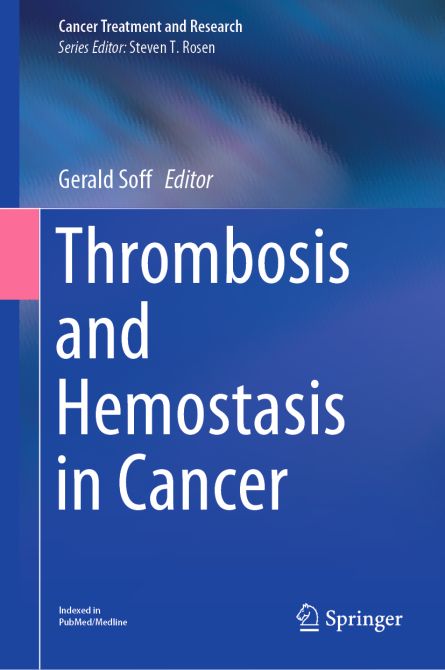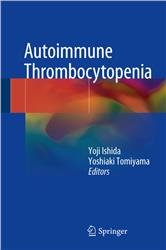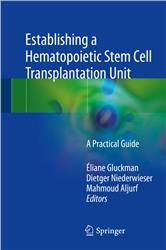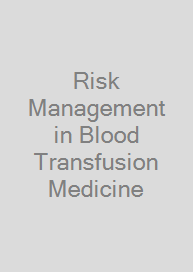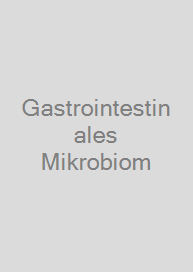Thrombosis and Hemostasis in Cancer
| Auflage | 2019 |
| Seiten | 203 |
| Verlag | Springer |
| ISBN | 9783030203146 |
| Artikel-Nr. | 566847 |
Lieferzeit ca. 5 Werktage
Produktbeschreibung
In this book, leaders in the field explore our current understanding of thrombosis and hemostasis in cancer and address key questions on the subject. Among the topics discussed are the mechanisms that cancers use to activate the coagulation system, and those by means of which an activated coagulation system can lead to more aggressive cancer growth. Clinical chapters examine the role of thrombosis prophylaxis and treatment, central line-associated thrombosis, and cancer-associated hemorrhage. Subsequent chapters deal with the management of chemotherapy-induced thrombocytopenia, anticoagulation in the presence of brain metastases, and other unique challenges in the interaction of thrombosis and hemostasis in cancer.
It has been 150 years since Armand Trousseau first described the well-known association between cancer and an increased risk of thrombosis, which may be considered the first paraneoplastic syndrome ever identified. More recently, numerous studies have indicated that activation of the coagulation system by cancer not only increases the likelihood of thrombosis, but is also associated with a more aggressive cancer phenotype. By familiarizing readers with the latest developments in this complex and challenging field, the book offers a valuable resource for scientists and clinicians alike.
It has been 150 years since Armand Trousseau first described the well-known association between cancer and an increased risk of thrombosis, which may be considered the first paraneoplastic syndrome ever identified. More recently, numerous studies have indicated that activation of the coagulation system by cancer not only increases the likelihood of thrombosis, but is also associated with a more aggressive cancer phenotype. By familiarizing readers with the latest developments in this complex and challenging field, the book offers a valuable resource for scientists and clinicians alike.

Bleiben Sie informiert!
Melden Sie sich für den frohberg.de-Newsletter an und nutzen Sie jetzt Ihre Vorteil:- Willkommens-Dankeschön: Beatmungsmaske Rescue Me
- Aktuelle Neuerscheinungen und Empfehlungen
- Exklusive Angebote und Kongress-Highlights
